A Lifetime of Fiction
A Lifetime of Fiction
The 500 Most Recommended Reads for Ages 2 to 102
William Patrick Martin
ROWMAN & LITTLEFIELD
Lanham Boulder New York Toronto Plymouth, UK
Published by Rowman & Littlefield
4501 Forbes Boulevard, Suite 200, Lanham, Maryland 20706
www.rowman.com
10 Thornbury Road, Plymouth PL6 7PP, United Kingdom
Copyright 2014 by Rowman & Littlefield
All rights reserved . No part of this book may be reproduced in any form or by any electronic or mechanical means, including information storage and retrieval systems, without written permission from the publisher, except by a reviewer who may quote passages in a review.
British Library Cataloguing in Publication Information Available
Library of Congress Cataloging-in-Publication Data
Martin, William P. (William Patrick)
A lifetime of fiction : the 500 most recommended reads for ages 2 to 102 / William Patrick Martin.
pages cm
Includes bibliographical references.
ISBN 978-1-4422-2939-6 (cloth) ISBN 978-1-4422-2941-9 (ebook)
1. Fiction20th centuryBibliography. 2. Fiction21st centuryBibliography. 3. Best booksUnited States. 4. Picture books for childrenBibliography. 5. Childrens stories, AmericanBibliography. 6. Childrens storiesBibliography. 7. Young adult fiction, AmericanBibliography. 8. Young adult fictionBibliography. 9. American fiction20th centuryBibliography. 10. American fiction21st centuryBibliography. I. Title.
Z5916.M37 2014
[PN3503]
015.73dc232013040163
 The paper used in this publication meets the minimum requirements of American National Standard for Information SciencesPermanence of Paper for Printed Library Materials, ANSI/NISO Z39.48-1992.
The paper used in this publication meets the minimum requirements of American National Standard for Information SciencesPermanence of Paper for Printed Library Materials, ANSI/NISO Z39.48-1992.
Printed in the United States of America
For Zack and Abby
Contents
Acknowledgments
I am grateful to the librarians, educators, journalists, and literary critics who generated the extraordinary booklists I used in this project. I want to acknowledge Fallon Stoeffler and Joyce Brander for their excellent proofreading and writing assistance, and thank Robert Hayunga and Charles Harmon from Rowman & Littlefield for their support and editorial guidance. I am especially thankful to my wife, Marianne, for helping me collect and evaluate the books and for assisting me with virtually every aspect of the manuscript preparation. Her encouragement and knowledge of childrens literature added immeasurably to the project.
Introduction
A Lifetime of Fiction: The 500 Most Recommended Reads for Ages 2 to 102 is the most authoritative best-book guide in America. How can I make such a bold claim?
A Lifetime of Fiction is a composite of the most noteworthy English-language book award lists, best book publications, and recommended reading lists from leading libraries, schools, magazines, and parenting organizations. Organized into five age-group lists of 100 books eachpreschoolers (ages 25), early readers (ages 48), middle readers (ages 912), young adults (ages 1317), and adults (ages 18+)the book reflects the thinking of a diverse and formidable group of literary experts. It has no real competitors it has not assimilated.
Who are these experts? A Lifetime of Fiction amalgamates the knowledge of 139 booklists, a veritable whos who list of literate and popular culture. Here is a sample:
- Boston Public Librarys 100 Most Influential Books of the Century
- American Library Association Notable Books
- Caldecott Medals
- Coretta Scott King Awards
- Harvard Bookstore Favorite Books
- Horn Book Childrens Classics
- Kirkus Reviews Best Fiction
- Los Angeles Times Book Prizes
- Man Booker Awards
- Modern Librarys 100 Best Novels
- National Book Awards
- National Education Associations Top Books for Children
- New York Times Notable Books
- New York Public Librarys 100 Favorite Childrens Books
- Newbery Medals
- National Public Radio Top Teen Books
- PEN/Faulkner Awards
- Publishers Weekly Best Adult and Childrens Fiction
- Pulitzer Prize for Fiction
- Pura Belpr Awards
- School Library Journal Best Books Lists
- Stonewall Book Awards
- Time Magazines 100 Best English-Language Novels
- USA Todays 100 Greatest Books for Kids
- Womens Prize for Fiction
To generate the five reading lists, I entered over 23,000 books from the many sources into a database, classifying each book by age group. When I completed the inputting, there was no need for formulas or algorithms, just sorting and math. For every age cohort, I tabulated the votes for the most often recommended books, ranking them in ascending order. The books that made it to the lists were the ones upon which most experts agree. By bringing together different booklists, mostly from the United States, with a few from Canada and Great Britain, A Lifetime of Fiction stakes out first-of-its-kind common ground. The result is an appealing and sometimes surprising mix of classic and current titles.
I created A Lifetime of Fiction because as a parent, grandparent, and professor of education, I could not find a book guide that really satisfied me, personally or professionally. The problem was that the existing award lists and best-book guides were too idiosyncratic, reflecting the quirks and biases of their creators. Moreover, they often did not explain the basis for their book recommendations, yet expected readers to trust their judgments. I wanted to create something better, a best book guide that would be more objective and authoritative, with annotated reading lists identifying the essential fiction appropriate for different stages of life. I sought to produce a new resource for teachers, parents, and grandparents who are looking to make reliable fiction reading choices for themselves, their friends, and their children.
Some books turned out to be incredibly popular. The Very Hungry Caterpillar and Madeline easily outpaced the competition to emerge as the top preschooler and early-reader books, respectively. The top middle-reader spot went to the Harry Potter series, the most recommended young-adult book was The Giver , and the top adult honor went to John Updikes Rabbit book series.
New titles are well represented. For example, the preschool list includes Oh, No! and Nighttime Ninja , the early-reader list includes Sleep Like a Tiger and This Is Not My Hat , the middle-reader list has Splendors and Glooms and Wonder , the young-adult list has Code Name Verity and The Fault in Our Stars , and the adult list contains Bring Up the Bodies and This Is How You Lose Her .
In addition to the rank-order lists, A Lifetime of Fiction also sorts the books by special interest and age group. Chapter 6 categorizes the titles by alphabet books; adventures; animals; bedtime; classics; dystopias; fairy tales, fables, and myths; families; fantasy; friendship; historical fiction; humor; literary fiction; love; multicultural; mystery; perseverance; picture books; read-aloud books; recent fiction; rhyme and verse; school life; science fiction; survival; and war. One technical note: while library classification systems categorize fairy tales, fables, myths, and legends as nonfiction, A Lifetime of Fiction follows the inclination of readers to treat them as fiction.
When I created the reading lists, I felt that the multiple contributors deserved special recognition. I decided to write sketches of the 27 authors and illustrators who had contributed three or more books to the reading lists, capturing something distinctive about their lives and accomplishments. Many of the most interesting facts came from their childhoods. Margaret Atwood, for example, spent much of her early life in the forest of northern Quebec with her father, who was an entomologist. Audrey Woods earliest memories are of living among circus performers and being bounced on the knee of the worlds tallest man. Roald Dahl began writing by keeping a secret diary that he hid at the top of a tree in his familys garden. Walter Dean Myers suffered from a speech impediment, Avi struggled with a writing disability, and William Steig supported his family during the Depression by selling cartoons to the New Yorker magazine. A snake and a baboon spider once bit J. R. R. Tolkien, and Dr. Seusss father was the curator of a small zoo.
Next page
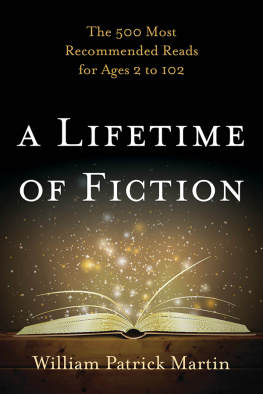
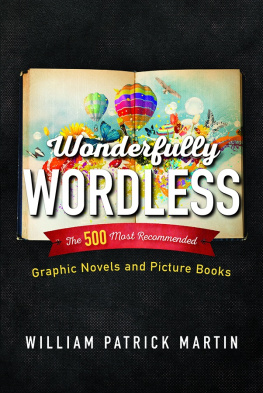

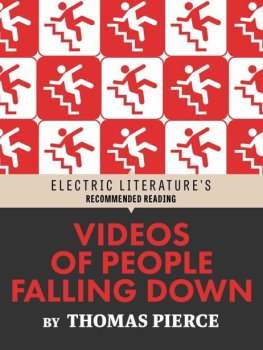

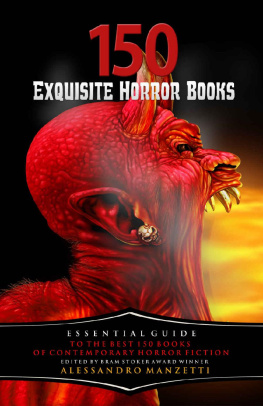
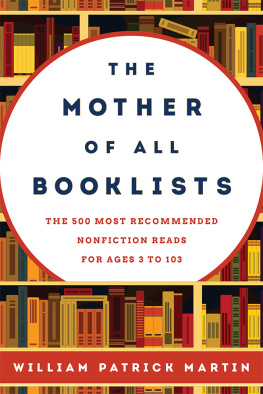

 The paper used in this publication meets the minimum requirements of American National Standard for Information SciencesPermanence of Paper for Printed Library Materials, ANSI/NISO Z39.48-1992.
The paper used in this publication meets the minimum requirements of American National Standard for Information SciencesPermanence of Paper for Printed Library Materials, ANSI/NISO Z39.48-1992.